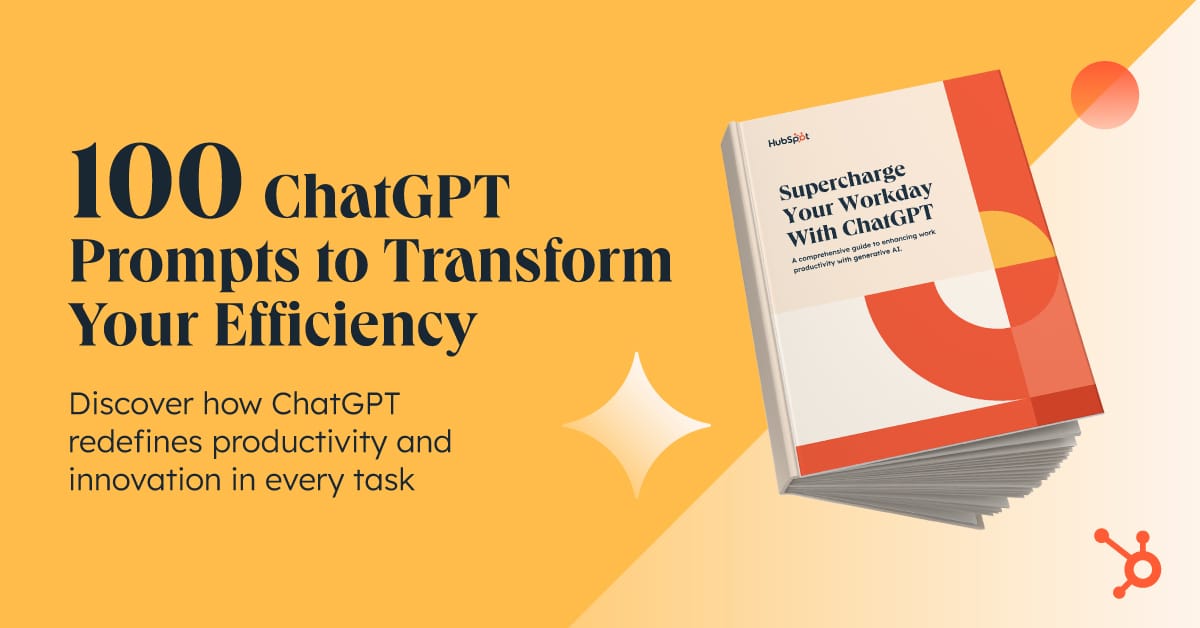- Data Pragmatist
- Posts
- Meta-Learning: Learning to Learn Models
Meta-Learning: Learning to Learn Models
Nvidia Announces $3,000 Personal AI Supercomputer 'Digits'


Welcome to learning edition of the Data Pragmatist, your dose of all things data science and AI.
📖 Estimated Reading Time: 5 minutes. Missed our previous editions?
🖥️ Nvidia Announces $3,000 Personal AI Supercomputer 'Digits' Link
Nvidia introduced 'Digits', a compact AI supercomputer priced at $3,000, set for release in May 2025.
Powered by the new GB10 Grace Blackwell Superchip, it can handle AI models with up to 200 billion parameters.
The system offers 128GB of unified memory and up to 4TB of NVMe storage, with the option to link two systems for enhanced performance.
Aimed at democratizing AI capabilities, 'Digits' provides data scientists, researchers, and students with access to advanced AI tools for experimentation and development.
🚗 Nvidia Expands AI Reach with Automotive and Robotics Initiatives Link
At CES 2025, Nvidia unveiled new AI initiatives targeting autonomous machines and vehicles, extending AI applications beyond traditional data centers.
CEO Jensen Huang introduced Nvidia Cosmos, a platform designed to aid the development of physical AI using synthetic data, aiming to democratize robotics.
Partnerships with companies like Uber, Toyota, Aurora, and Continental were announced to develop vehicle fleets and autonomous systems on Nvidia’s AI platforms.
Nvidia also showcased its latest AI processor, Blackwell, powering the new GeForce RTX 50-series GPUs and laptops, indicating a significant advancement in AI hardware capabilities.
Want to get the most out of ChatGPT?
ChatGPT is a superpower if you know how to use it correctly.
Discover how HubSpot's guide to AI can elevate both your productivity and creativity to get more things done.
Learn to automate tasks, enhance decision-making, and foster innovation with the power of AI.
🧠 Meta-Learning: Learning to Learn Models
Meta-learning, often referred to as "learning to learn," is an innovative approach in artificial intelligence and machine learning. It focuses on designing models that can learn new tasks quickly and efficiently, with minimal data, by leveraging prior knowledge. This concept mimics the human ability to adapt to new situations by building on past experiences.

What is Meta-Learning?
Meta-learning operates at a higher level than traditional machine learning. Instead of training a model to perform a specific task, meta-learning involves training a model to improve its learning process. The goal is to develop systems that can generalize across tasks and adapt quickly to unseen data. It typically operates in a two-level structure:
Meta-level learning: The model learns how to learn.
Task-level learning: The model applies its learning to specific tasks.
Key Approaches in Meta-Learning
Model-Based Meta-Learning
These approaches modify the architecture of the model to include a memory or other adaptive components. For example, Recurrent Neural Networks (RNNs) and Long Short-Term Memory (LSTM) networks are often used.Optimization-Based Meta-Learning
This method involves learning the best optimization strategy. Techniques like Model-Agnostic Meta-Learning (MAML) aim to optimize the initial parameters of a model so that they are close to the optimal parameters for a variety of tasks.Metric-Based Meta-Learning
This approach emphasizes learning a similarity metric. The model uses this metric to compare new data points with previously seen data, making classification or regression tasks more efficient.

Applications of Meta-Learning
Meta-learning has found applications in various fields:
Healthcare: Personalized medicine and predictive diagnostics.
Robotics: Quick adaptation to new environments.
Natural Language Processing (NLP): Few-shot learning for language translation.
Computer Vision: Learning from small datasets for image recognition.
Future of Meta-Learning
Meta-learning represents a promising direction for creating more adaptable and efficient AI systems. As research advances, it has the potential to reduce the dependency on large datasets and computing resources, making AI more accessible and scalable for real-world applications.
Daily News for Curious Minds
Be the smartest person in the room by reading 1440! Dive into 1440, where 4 million Americans find their daily, fact-based news fix. We navigate through 100+ sources to deliver a comprehensive roundup from every corner of the internet – politics, global events, business, and culture, all in a quick, 5-minute newsletter. It's completely free and devoid of bias or political influence, ensuring you get the facts straight. Subscribe to 1440 today.
Top AI Platforms for Social Science Research
1. IBM Watson
Overview: A leading AI platform with powerful natural language processing (NLP) and machine learning tools.
Key Features:
Sentiment analysis for public opinion studies.
Predictive analytics to model social behavior trends.
Text and image processing capabilities for diverse datasets.
2. Google Cloud AI
Overview: Provides pre-trained and customizable AI tools for handling large-scale datasets efficiently.
Key Features:
AutoML for building custom machine learning models without extensive coding.
BigQuery for analyzing massive datasets quickly.
APIs for sentiment analysis, NLP, and language translation.
3. Tableau (with AI Integration)
Overview: A data visualization tool enhanced with AI-driven analytics.
Key Features:
Integration with Einstein Discovery for predictive analysis.
Tools for exploring trends and relationships in demographic data.
Support for real-time social data and interactive dashboards.
4. IBM SPSS Statistics
Overview: A trusted platform for statistical analysis with AI-powered enhancements.
Key Features:
Advanced analytics for longitudinal and cross-sectional research.
AI-driven insights from surveys and qualitative data.
Predictive modeling for analyzing societal patterns.
5. OpenAI GPT (e.g., ChatGPT API)
Overview: A versatile tool for processing and analyzing textual data.
Key Features:
Text classification, summarization, and sentiment analysis.
NLP capabilities for extracting insights from interviews and open-ended surveys.
Simulation of social scenarios or hypothetical responses.
If you are interested in contributing to the newsletter, respond to this email. We are looking for contributions from you — our readers to keep the community alive and going.

